Guitar World Verdict
As a Uni-Vibe clone this is the real deal, and if you want that particular form of modulation in all of its gloopy glory then you’ll find it here in extended form.
Pros
- +
Classic Uni-Vibe sound with extended range.
- +
Cool spring reverb sound.
- +
Versatile footswitching options.
- +
Send and return loop.
- +
Adjustable output volume.
Cons
- -
No expression pedal facility.
You can trust Guitar World
The Uni-Vibe is a classic modulation pedal spawned in the 1960s with a distinctive sound of its own – so much so that no digital multi-effects processor worth its salt would omit a named emulation of it among its selection of modulation types.
Technically speaking, the Uni-Vibe is actually a four-stage phaser. However, due to its use of optical circuitry based on light-dependent resistors surrounding a pulsating lightbulb, it created a unique sonic signature that is still very much in demand.
The fact is, its use by a certain Jimi Hendrix from 1969 – and later by David Gilmour, Robin Trower and others – has cemented its place in history as a building block in some classic rock tones. While there’s quite a selection of effects out there peddling the Uni-Vibe sound, this new one from J Rockett adds an element, in that it includes an independent reverb at the end of the chain.
Featuring the original lamp and photocell approach with the circuitry running at the correct 24 volts via an internal charge pump, the Uni-Vibe section of the pedal has the original’s Vibrato and Chorus modes, but rather than a rocker switch it gives you a handy centrally placed footswitch to toggle between them.
The difference between the two sounds is that Vibrato is a fully wet signal, while Chorus incorporates a blend of dry and wet. Incidentally, the Chorus name here predates the time-based effect that we know as chorus (pioneered by Roland in the 70s) and is not the same effect at all.
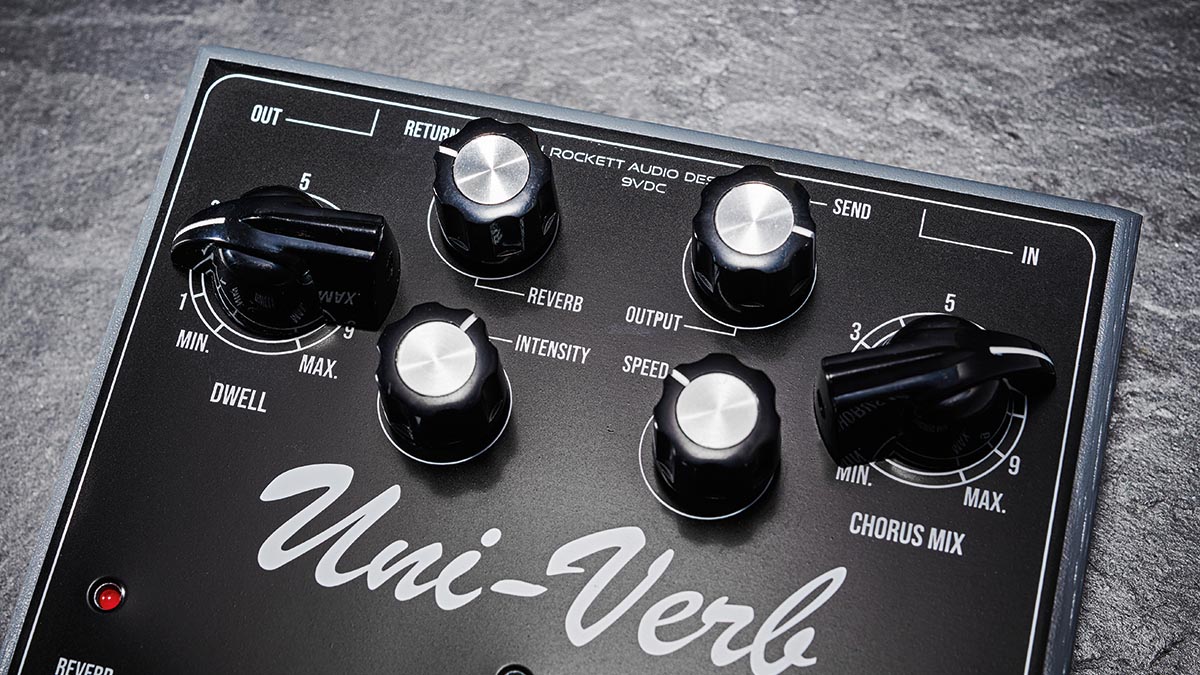
The wet/dry blend is set by a Chorus Mix knob that runs from dry to fully wet and is great for dialling in the subtlety of the effect, working closely with the Intensity knob, which might be labelled as Depth on a more generic modulation pedal.
While the Mix knob is inactive in Vibrato mode, the Intensity and Speed knobs work for both modes. J Rockett has expanded on the capabilities of the original Uni-Vibe by having a wider speed range – it can run faster and slower than the original. Likewise, the Intensity control goes that extra mile, offering a little more control over what J Rockett terms the “turnaround thump” of the effect.
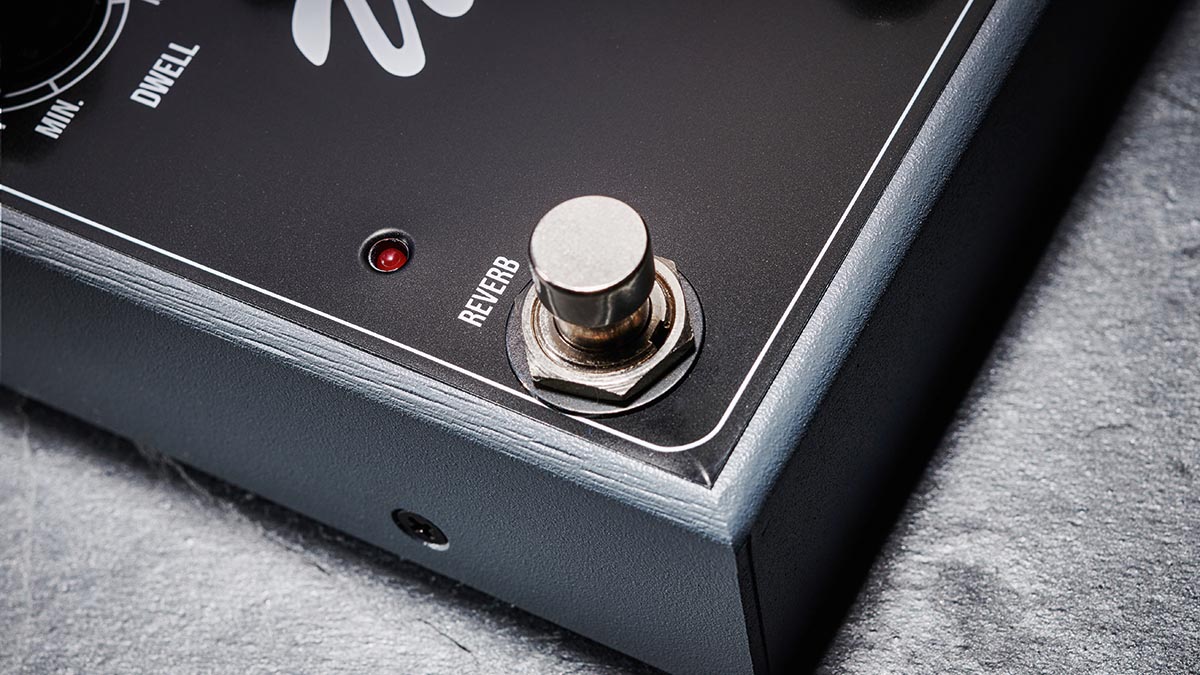
The Reverb section offers spring reverb sound and consists of a Reverb knob to turn it up, plus a Dwell knob to set the length of the reverb tail. With separate footswitches for Uni-Vibe and Reverb they can be used individually or in tandem, and both feed into an Output knob that runs from zero and can offer more volume than an original Uni-Vibe, so you can have a boost when you kick it in.
A send and return loop between the Uni‑Vibe side and the Reverb means that these can be used as individual pedals if you have a pedal switcher or they can be at different locations in a standard pedalboard chain simply by connecting the pedals you want after Uni-Vibe but before Reverb via the Send and Return jacks.
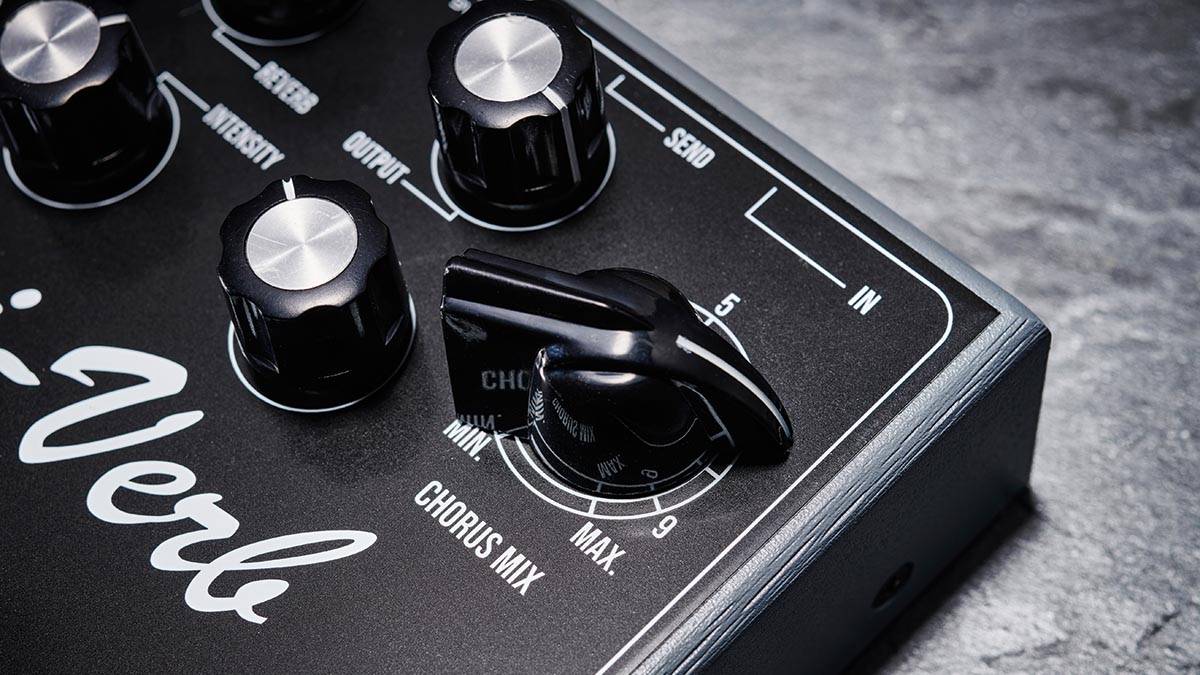
Sounds
Vibrato mode at lower intensity settings can add a sweetly subtle shift to the sound that can be barely perceptible but adds a dimensional interest you’d miss when bypassed. Turn up the Intensity, though, and start adjusting the Speed and you’ll find that there are plenty of options for a more obvious throb and warble.
However, it’s probably the Chorus mode that the Uni-Vibe is best known for and it’s a great sound, in a similar ballpark to other four-stage phasers such as the MXR Phase 90 – but it’s distinct from them with a waveform that’s perhaps not quite as uniform and a lovely warm tonality.
The Intensity knob turns up the signature swooshiness, but you can bring it back from the max setting for a more subdued effect, while the wide speed range runs from a really slow cycle through to the flavour of a fast rotary.
Of course, many will be familiar with a Uni-Vibe being used with driven tones – think Hendrix at Woodstock or Robin Trower’s Bridge Of Sighs album – and the pedal duly delivers. Feed it into a driven guitar amp or put your dirt pedal in the send and return loop for a tone shot through with a hypnotic haziness.
The dirt really brings out the swirl or a churning pulse, but you can roll back the Chorus Mix to tone it down if required. Putting fuzz in front of this pedal works just fine, too, especially with a cranked amp. After all, that’s what Jimi did…
In the context of this pedal, the reverb may be seen as a side order next to the vibe’s main course, but it’s of the same high quality. It can be used sparingly to add a bit of air to your vibe sounds, but it offers a pretty authentic take on real spring tank sounds, making it fully capable of that deep surf twang that’ll encourage you to let rip like Dick Dale.
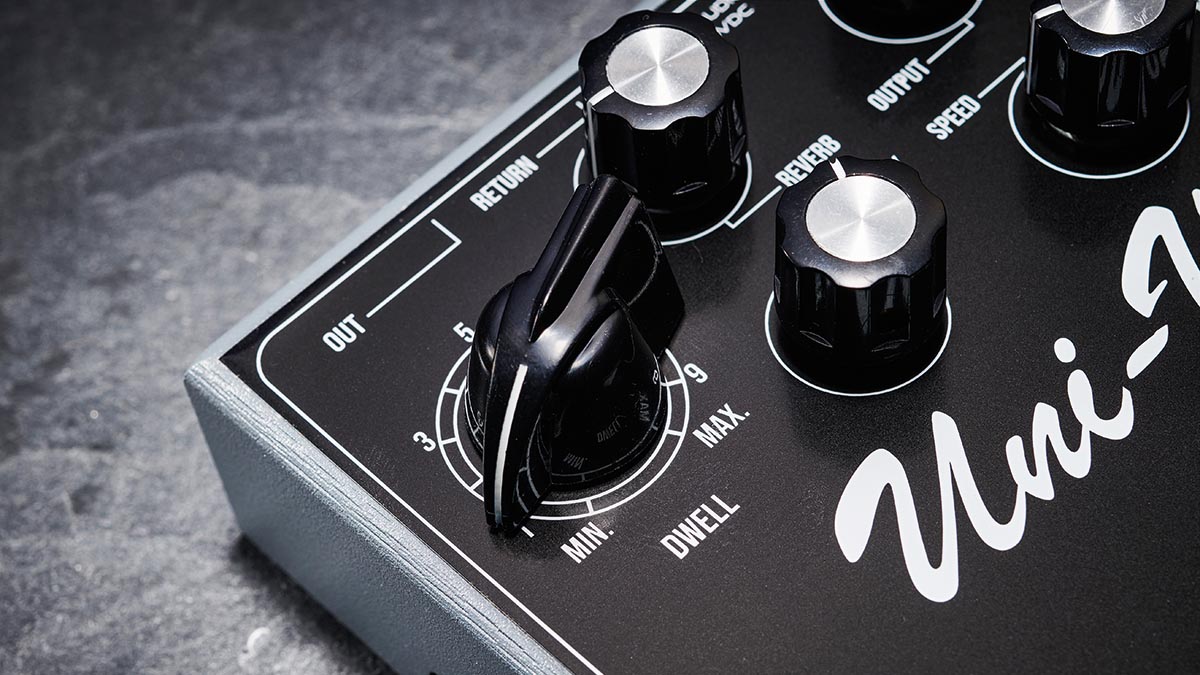
Specs
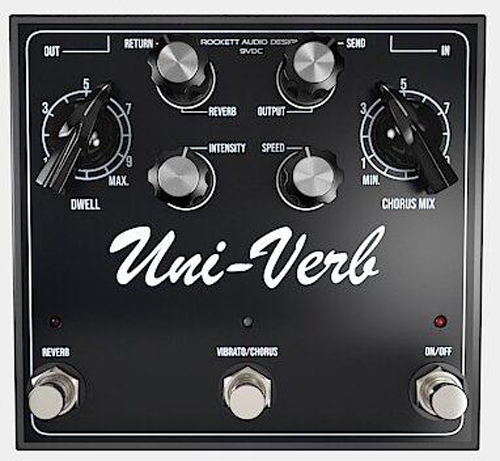
- PRICE: $449 / £465
- ORIGIN: USA
- TYPE: Uni-Vibe and reverb pedal
- FEATURES: True bypass
- CONTROLS: Dwell, Reverb, Output, Intensity, Speed, Chorus Mix, internal trim pot for tonal tweaking, Reverb footswitch, Vibrato/Chorus footswitch, Bypass footswitch
- CONNECTIONS: Standard input, standard output, standard send, standard return
- POWER: 9V DC adaptor (not supplied)
- DIMENSIONS: 130 (w) x 122 (d) x 48mm (h)
- CONTACT: J Rockett Audio Designs
Trevor Curwen has played guitar for several decades – he's also mimed it on the UK's Top of the Pops. Much of his working life, though, has been spent behind the mixing desk, during which time he has built up a solid collection of the guitars, amps and pedals needed to cover just about any studio session. He writes pedal reviews for Guitarist and has contributed to Total Guitar, MusicRadar and Future Music among others.












